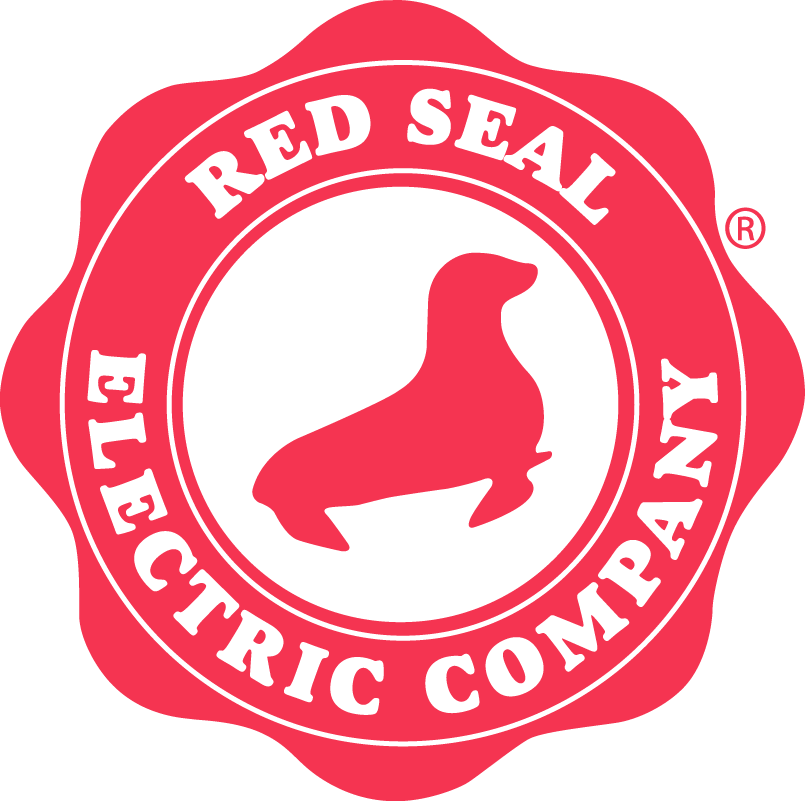The Function and History of Switchgears
High-quality electrical equipment is essential to the day-to-day lives of every person using electricity. No matter where you go, you rely on electrical currents to do everything from working to cooking to turning on a light. However, electrical equipment is no monolithic item. There are dozens of pieces, parts, and technologies—such as switchgears—that regulate and secure the flow of electricity. Here’s an introduction to the function and history of switchgears.
What Is Switchgear?
Switchgear, as the name implies, is a combination of switches, fuses, and circuit breakers that control and isolate electrical equipment. The device manages the flow of electricity in every step of the process. Switchgear allows more than one source to feed the electrical load by managing several input sources. Oppositely, it can stop all input and remove all electrical energy from equipment. Since it operates in both capacities, switchgear is essential to the safe delivery and administration of electricity. For a general overview of switchgear, the National Electrical Manufacturers Association’s Vids4Grids program is a helpful resource.
Introduction To Electrical Systems
When you flip a light switch, you access electricity at your disposal to illuminate a room. This electricity doesn’t reside in some magical place in your house or apartment building. Rather, it travels from a generation source through complex systems to your home. The electrical system you link to is no small operation; there are thousands of pieces that generate, transmit, and distribute electricity. Switchgear is one such part of that electrical grid.
Key Components of Switchgears
Many parts go into the production of switchgear. Generally, there are two aspects of the technology: power conducting components and control systems. The conducting items like switches and circuit breakers either connect or disconnect the flow of electricity. Manufacturers produce these parts from highly conductive materials that handle high voltages. The control system typically consists of parts such as current transformers and protective relays, which measure and control the conduction and initiate switch movements that disrupt the flow of power in dangerous conditions. Each of these parts couldn’t function without proper electrical insulation, so manufacturers use materials like our Gpo3 to create safety barriers within switchgears. If you need economical electrical insulation, contact us at Red Seal Electric Company for more information.
The Function of Switchgears
Switchgear functions as one of the central safety components of the electrical system. The power grid often needs to redirect or shut down parts of the system to avoid problems, so switchgear helps manage these emergency needs. Since it can handle high currents and high voltages, a switchgear can turn electrical outputs on and off when needed.
Power Control of Switchgears
Switchgear functions control the power grid and the subsequent flow of electricity. Take a college campus, for example. Most campuses have buildings that all require electricity to operate, especially considering the increase in online learning and classroom technology. Though each building has electricity, each one doesn’t connect individually to the power grid. Rather, the power source sends the current to a switchgear which then distributes power to each building. Think of it as a river splitting into several separate streams. Switchgear allows for an efficient and streamlined approach to power management.
Secure Maintenance of Switchgears
When a large motor in a hydropower plant or some other large facility needs repairs, switchgear must de-energize the equipment. This means the energy flow must completely cease; all residual electricity must dissipate before repairs. Many large, electrically powered parts require routine maintenance, so switchgear comes in handy when you need to clear downstream faults. If switchgear doesn’t de-energize these parts, the electricity could shock or electrocute maintenance workers.
Common Applications of Switchgears
Switchgear is critical to the smooth operation of electrical grids. It’s also an essential part of large industrial facilities and power generating stations. Its ability to turn loads on and off aids in manufacturing processes, efficient electrical consumption, and facility safety. In the event of an emergency, switchgear allows operators to funnel electricity to essential locations such as hospitals, increasing their power integrity. This enables medical facilities to continue operations even amid emergencies.
The History of Switchgears
Electricity wasn’t commonplace until quite recently. Since then, its technology has become an increasingly larger part of the power grid. The history of switchgear is fairly straightforward, but innovation is at the center of its existence.
Electric Beginnings
In their original form, switchgears were part of the first electricity generators. Each of the switchgear components attached to a wall and worked on a large scale. As the years progressed and fire safety evolved, switchgear moved from the wall to wooden boards to stone pieces. Each of these successions marks the importance of electrical insulation materials, such as our GPO-3. Today, the many switchgears use fabricated materials for electrical insulation, and the largest ones utilize outside air as protection.
The Modern Era
In the modern era, manufacturers produce switchgears according to consumer needs. Custom designs and tailormade housing reflect the voltage limits and dimensional requirements for each implementation. Every building or facility has specific load and output needs switchgears must account for. Today, operators can control some switchgear remotely. This increases the efficiency and safety of workers and eliminates the need for arc flash personal protective equipment.
In recent decades, the alternative energy sector has grown tremendously. Between wind, water, and solar energy, people harness far more energy sources than simple generators. However, these new sources also bring new applications for switchgear. The wind doesn’t always blow and the sun is often hidden by clouds, so these supplemental energy streams must stop and start frequently. Switchgear helps to distribute the power, load, and direction of converted electricity when alternative energy sources have low output.
Understanding the function and history of switchgears can help you find the perfect solution for your electricity management needs. If you have any questions about electrical insulation or would like to know more about our products, reach out to our team at Red Seal Electric Company today.


